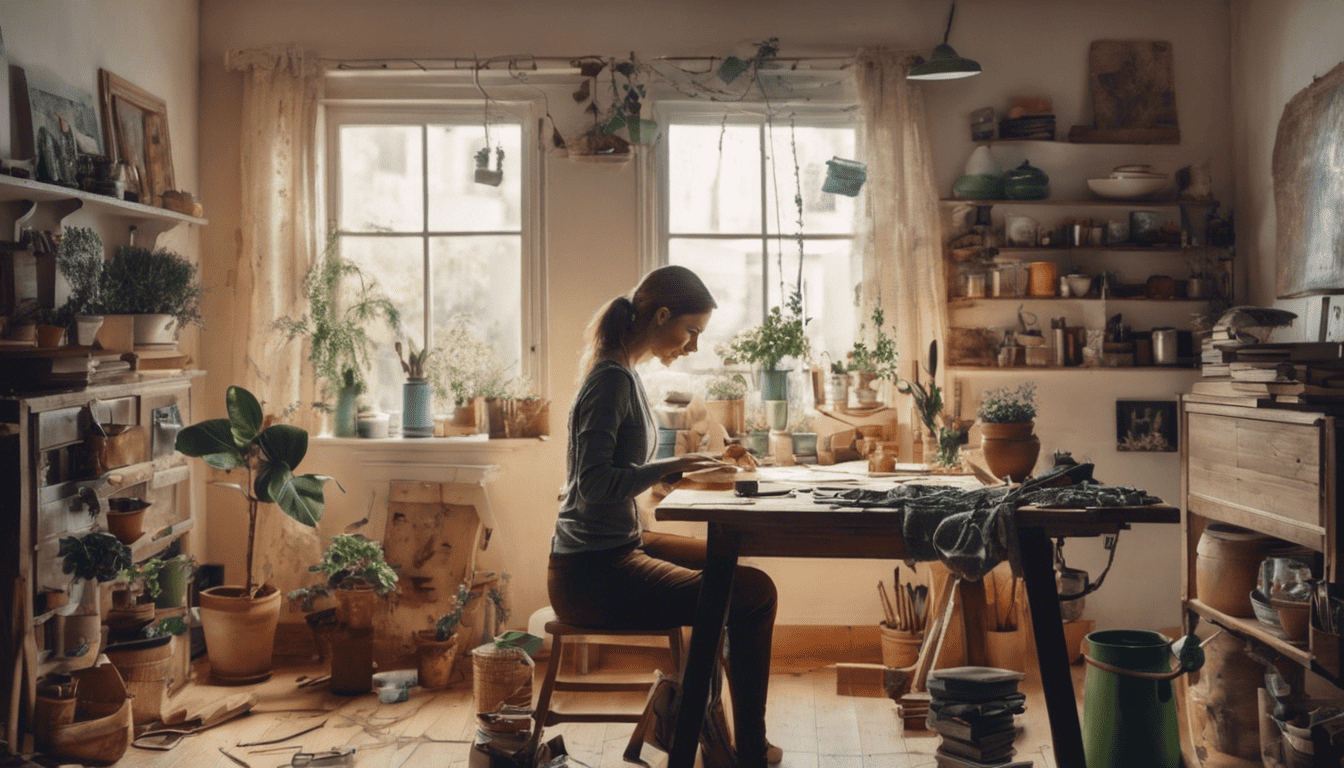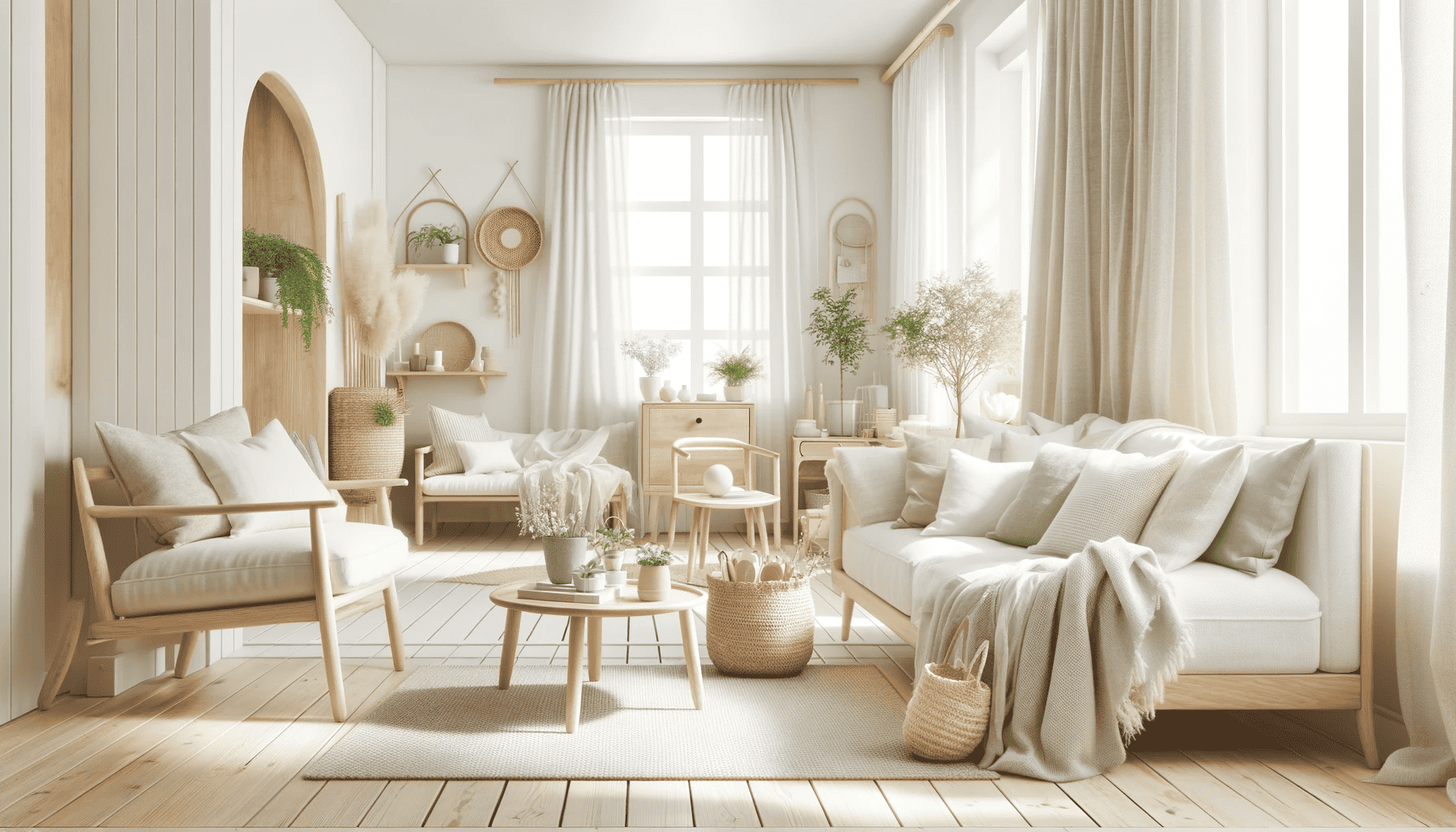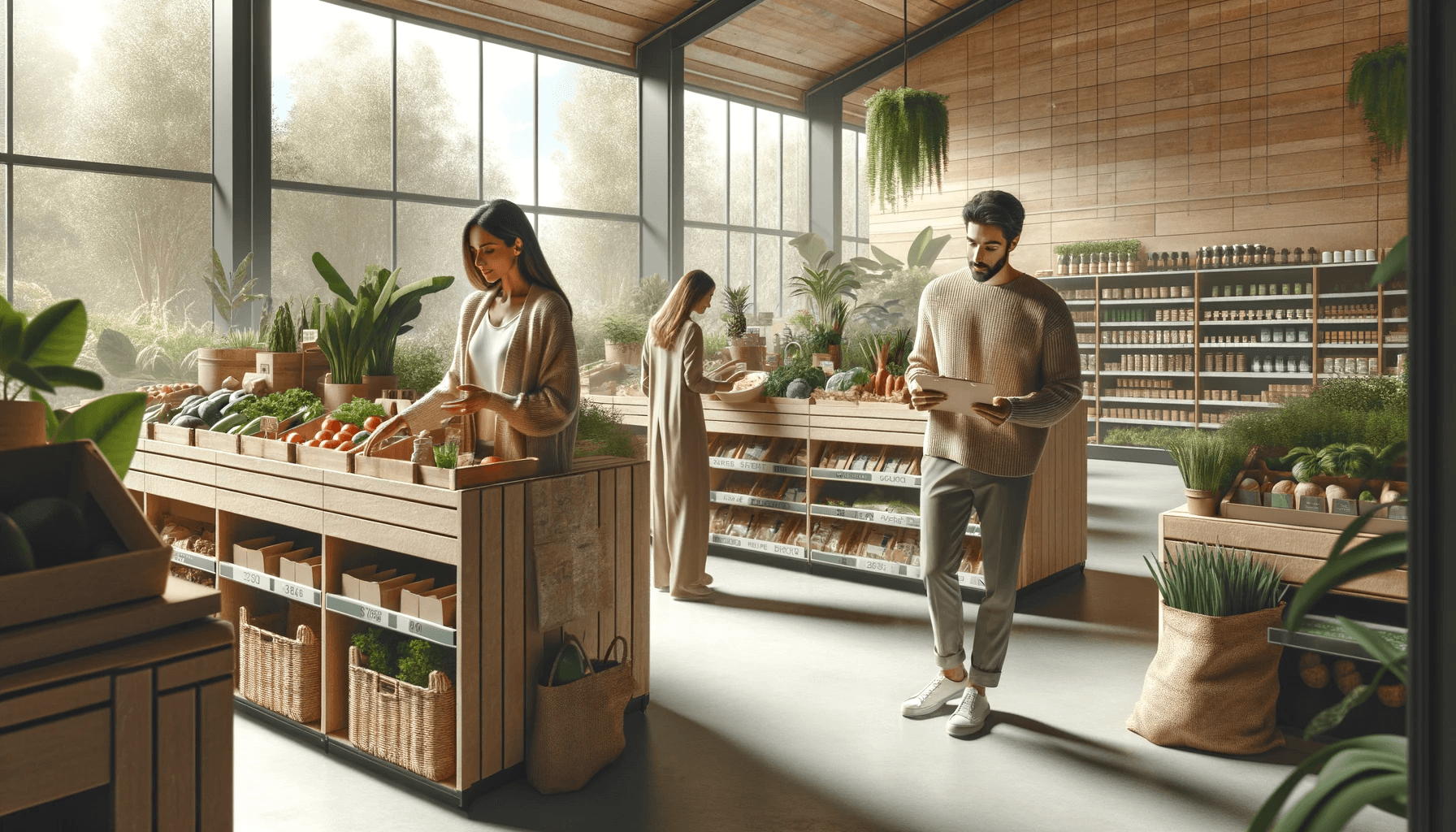Welcome to this amazing journey into innovative green solutions that reinvent rubbish as riches! This creative journey is full of ideas and will lead you to sustainable life through many upcycling projects.
What are Upcycling Projects and How Do They Contribute to a Sustainable Home?
Understanding the Concept of Upcycling
Upcycling is the creative and sustainable process of transforming throw-away objects into aesthetically pleasing, functional home pieces. It’s an inventive way of reusing materials in a new form thus reducing our carbon footprints while promoting an ecofriendly product.
The Environmental Impact of Upcycling
Upcycling slashes landfill waste considerably and eliminates production of new material which leads to reduced carbon emissions, hence making the world more eco-friendly. In changing how we recycle, this sustainable practice highlights repurposing as one of the best answers to environmental concerns.
Upcycling and Sustainable Home Decor: The Connection
Waste reduction is a powerful tool against waste and one essential step towards developing sustainable home decor. We can make our homes more appealing by turning old items into unique home decor ideas apart from keeping them out of landfills thereby giving them a distinctive touch which adds beauty and functionality.
Innovative Eco-Friendly DIY Eco-Friendly Ideas for Repurposing Old Furniture
Gracing Your Home with Upcycled DIY Home Decor
With some imaginative inspiration or minimal tools, you can easily upcycle chairs, tables cabinets among other types of furniture into exclusive eco-friendly DIYs. Changing such ordinary objects with a little bit different coat or paint can turn them into exclusive home decors on their own. And hence we have greener houses that are much kinder to our earth.
How to Give New Life to Old Furniture by Upcycling
Before throwing away your old furniture think about painting it with eco-friendly paint. Hence as unused items they become modern, creative and sustainable decorations that bring a personal touch in your house.
Pro Tips for Effective Furniture Upcycling
Always ensure that you use eco-friendly products whenever you are doing DIY, and thus valuing sustainability in everything you make. It allows a non-toxic environment as well as promoting an eco-friendly lifestyle. Go for paints with no volatile organic compounds (VOCs) to instantly get an environmentally friendly home decor.
How to Begin Your First Home Decor Upcycling Project
Essential Tools for DIY Upcycling Projects
With the right plan, a few basic tools, and a can-do spirit, anyone can embark on an eco-friendly DIY project. Essential tools for your toolkit might include paints, brushes, adhesives, screws, and sandpaper – all non-toxic, of course.
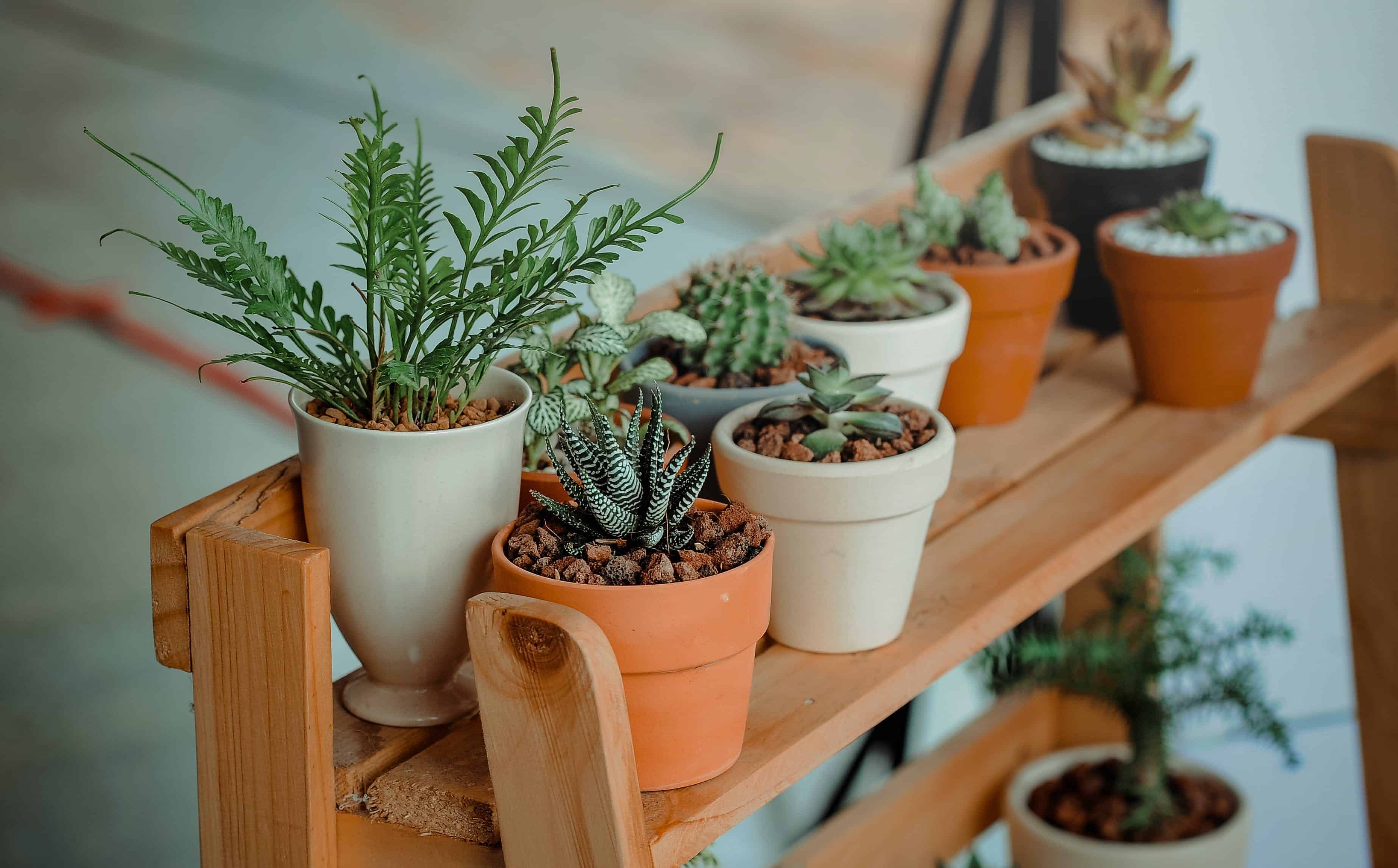
Choosing The Ideal Piece For Your First Upcycle Project
Find something unused like old wooden crates or chairs and see them differently. Consider not them being junk but what they might become one day. In this way we can upcycle efficiently thus avoiding wastage.
Step-by-Step Guide to Start an Eco-friendly DIY Upcycling Project
First, choose the item wisely. Do repairs if necessary. Use eco-friendly paint or varnish to enhance its appearance. Remember to keep a vision of what you want to create. The process of reimagining is just as important as the upcycling act itself!
20 DIY Decor Ideas to begin your ecofriendly journey
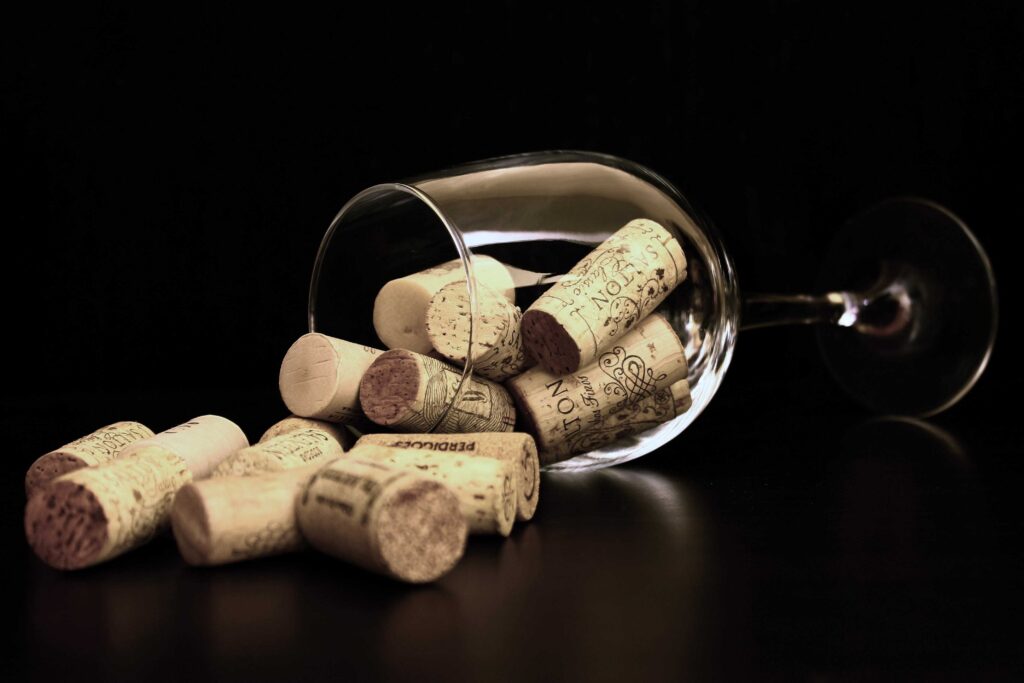
- Wine Cork Bulletin Board: Collect used wine corks to create a unique bulletin board by gluing them onto a wooden frame.
- Tin Can Planters: Paint and decorate empty tin cans to use as planters for small indoor plants or herbs.
- Old Window Photo Frame: Repurpose an old window frame as a multi-pane photo frame by adding your favorite pictures.
- Pallet Wood Wall Art: Use reclaimed pallet wood to create rustic wall art by painting or staining it in various designs.
- Bicycle Wheel Clock: Transform an old bicycle wheel into a stylish wall clock by adding clock hands and numbers.
- Vintage Suitcase Shelves: Stack and mount vintage suitcases on the wall to create decorative and functional shelves.
- Mason Jar Pendant Lights: Convert mason jars into pendant lights by adding light fixtures and hanging them from the ceiling.
- T-shirt Yarn Rug: Cut old t-shirts into strips and crochet or weave them into a colorful and soft rug.
- CD Mosaic Mirror: Glue broken or unwanted CDs onto a wooden or plastic frame to make a shiny mosaic mirror.
- Glass Bottle Vases: Remove labels from glass bottles, paint them, and use them as vases for flowers or decorative branches.
- Reclaimed Wood Coffee Table: Build a rustic coffee table using reclaimed wood from old furniture or pallets.
- Magazine Collage Wall Art: Create vibrant and unique wall art by cutting out colorful images and phrases from old magazines and arranging them on canvas.
- Scrabble Tile Coasters: Repurpose old Scrabble tiles to make personalized coasters by gluing them onto cork squares.
- Drawer Shelf Organizer: Use old wooden drawers as wall-mounted shelves to organize small items or display decorative pieces.
- Vintage Spoon Hooks: Bend and shape old silverware into hooks for hanging keys, coats, or towels.
- Broken Dish Mosaic Tabletop: Create a mosaic tabletop using broken ceramic dishes or tiles on a thrifted table.
- Wine Bottle Candle Holders: Cut the bottoms off wine bottles and insert candles to make elegant candle holders.
- Fabric Scrap Bunting: Turn fabric scraps into colorful bunting or garlands to add a festive touch to your decor.
- Book Page Wall Art: Frame pages from old books or sheet music to make unique wall art pieces.
- Wooden Pallet Wine Rack: Craft a wine rack from a wooden pallet to store and display your wine collection.
Using Sustainable Practices to Create Greener, Eco-friendly Home Decor
Importance of Using Sustainable Materials in Upcycling Projects
Using sustainable materials like reclaimed wood or repurposed fabrics not only contributes to sustainable living but also adds an extraordinary charm to your DIY projects to go zero waste. These materials help you create pieces (instead of buying) that are not only beautiful, but they tell a story as well – a story of sustainability.
Avoiding Harmful Chemicals in Your DIY Home Decor
Opting for non-toxic products in your projects ensures that your crafts are safe for you and the environment. Use low VOC paints and adhesives to keep your home chemically free, enhancing your home’s atmosphere while keeping it earth-friendly.
Maximising Your DIY Projects with Zero-waste Practices
Incorporating zero-waste practices into your DIY projects by reusing materials can lead toward a sustainable future. Every material, even small tin cans, can be transformed into exciting home decor, giving birth to sustainability and creativity hand in hand.
Transforming Trash Into Treasures: Creative Upcycled Home Decor Ideas
Add a Unique Touch to Your Home with Upcycled Pieces
Upcycled pieces are unique and bring a touch of character to any room. They embody eco-consciousness and assert your commitment to a sustainable future. They show that you value the environment and are unwilling to contribute to its destruction.
Reducing Waste through Upcycling: The DIY Path to a Greener Home
Every DIY project you undertake with upcycling in mind is a step toward a more sustainable lifestyle. It not only makes your home greener but also reduces waste, setting an excellent example for all who visit your home.
Saving Money and Reducing Landfill: The Dual Advantage of Upcycling
Upcycling is both an economically and environmentally viable option. By transforming unused items into functional pieces, you are saving money, reducing waste, and decreasing the piles of trash in our landfills. This represents a win-win solution, for you and for the environment.
If you like this content, consider write a review or helping us support this project financially. Our socials here
FAQ
Q: What is upcycling and how does it relate to eco-friendly DIY projects?
A: Upcycling is the process of transforming old or discarded materials into something new and useful, thus reducing waste and promoting a sustainable lifestyle. It’s a fantastic way to give your home a charming, unique touch while contributing to a greener, environmentally conscious home.
Q: What are some popular eco-friendly craft ideas for upcycling old materials?
A: There are endless possibilities for eco-friendly craft projects, such as turning old wood into stylish home décor, repurposing glass jars into storage containers, or transforming textiles into beautiful and functional items. Upcycling offers a wide range of creative and practical ways to reduce your carbon footprint and add charm to your home.
Q: How can upcycling and repurposing contribute to a greener and more sustainable environment?
A: By using upcycled materials and repurposing old items, you are diverting waste from landfills and reducing the demand for new resources. This sustainable approach helps to minimize environmental impact and encourages a healthier and more sustainable way of living.
Q: What are some easy DIY projects for beginners interested in eco-friendly crafting?
A: If you’re new to eco-friendly crafting, start with simple projects like turning old t-shirts into tote bags, creating decorative planters from recycled containers, or making unique jewelry from repurposed materials. These beginner-friendly crafts are a great way to dip your toes into the world of upcycling and make a positive impact on the environment.
Q: Why should I consider upcycling and repurposing as a home décor choice?
A: Upcycling and repurposing not only add character and charm to your home but also offer a sustainable and environmentally friendly way to decorate. Choosing upcycled décor items contributes to a greener, more conscious home while showcasing your creativity and individual style.
Q: Are there any eco-friendly craft ideas that can be enjoyed by kids?
A: Absolutely! There are plenty of eco-friendly craft projects that are fun and educational for kids, such as creating art from recycled materials, making homemade toys from repurposed items, or turning old containers into planters for a mini garden. These activities not only foster creativity but also instill a sense of responsibility towards a greener planet at a young age.
Q: What are some ways to repurpose everyday items for eco-friendly crafting?
A: You can repurpose everyday items like glass bottles into decorative vases, turn old sweaters into cozy pillows, or transform wooden pallets into unique furniture pieces. The possibilities are endless when it comes to finding creative and practical uses for items that might otherwise end up in the trash.
Q: How can I incorporate upcycled materials into my home without compromising style?
A: Upcycled materials can add a distinct and stylish touch to your home décor. Whether it’s repurposed wood furniture, recycled fabric accents, or unique artwork made from reclaimed objects, incorporating upcycled materials allows you to create a home that is both aesthetically pleasing and environmentally conscious.
Q: What role do eco-friendly DIY projects play in the journey towards a greener and more sustainable future?
A: Eco-friendly DIY projects, such as upcycling and repurposing, play a pivotal role in promoting sustainability and reducing waste. By embracing these practices, individuals can actively contribute to a greener future by minimizing their environmental footprint and inspiring others to make conscious choices in their homes and daily lives.
Q: How can I get started with eco-friendly DIY projects if I have limited crafting experience?
A: If you’re new to eco-friendly crafting, start small and gradually build your skills and confidence. Look for beginner-friendly upcycling projects online or in crafting books, and gather any necessary materials from items you already have at home. As you gain experience, you can explore more advanced upcycling techniques and create meaningful pieces that reflect your commitment to sustainable living.
To conclude, upcycling is an incredible opportunity to give a second life to items we no longer use. By doing so, you’re making your own sustainable contribution to protecting our planet. Happy upcycling!

